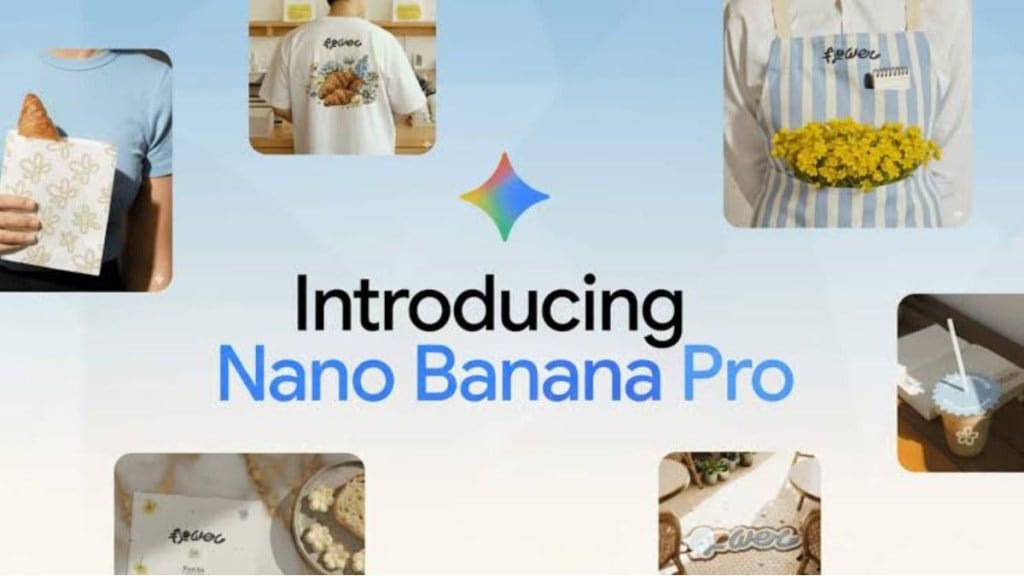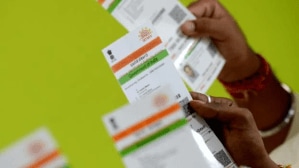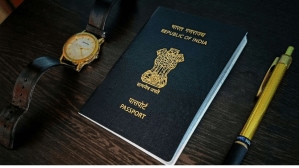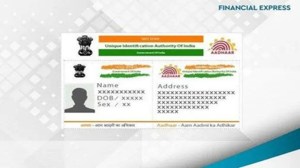Google has now unveiled Nano Banana 2, the much-awaited successor to the viral AI image generation model Nano Banana AI. Post the unprecedented success of the first Nano Banana AI image model that saw people using the model to create 3d figurines, selfies with their younger self. Google has rolled out a more polished and refined version built on the Gemini 3 Pro architecture.
Nano banana 2 now comes with studio-quality visuals, multilingual text rendering and search-grounded world knowledge built in. With these features, Google has positioned the model ahead of its rivals. Since there are a lot of features, we have mentioned the below, so stick with us till the end of the article.
What is Nano Banana 2?
Nano Banana 2 (Pro) is the latest and advanced image generation model from Google DeepMind. The model supports high-quality outputs in 2K and 4K resolutions, advanced editing controls (lighting, focus, color grading). The model also has crisp and legible text embedding functionality.
This, in layman’s terms, means that the user can give a prompt to the model to generate an infographic about anything. Using real-world facts, step-by-step visuals and multilingual text.
Nano Banana 2 is being rolled out across several platforms, in the Gemini app, in Google Ads, in Google Workspace and in the enterprise API. Google says the version also comes with built-in SynthID watermarks to flag the image as AI-generated.
What is the difference between Nano Banana 2 and Nano Banana 1?
While Nano Banana 1 (officially Nano Banana) impressed audiences with its rapid image-edit capabilities and meme-worthy figurines, Nano Banana 2 (Pro) shows more advanced capabilities. The significant upgrades include supporting 4K resolution and studio-grade control over lighting, depth and composition.
Unlike the earlier version, where text in images often looked odd or garbled, Nano Banana 2 handles typography and multilingual text with professionalism. The upgraded model integrates Google Search to generate images with real-world context (e.g., up-to-date data), Something the first version lacked.
With multi-image inputs and reference style control (up to 14 images), the “Pro” version caters better to branding and professional workflows. In short, Nano Banana 1 was expressive and fun. Nano Banana 2 (Pro) is expressive and professional-ready.
What are the Risks associated with Nano Banana?
The advanced image generation model brings with it features that are noteworthy and several risks, since it can be used in cybercrime. Since the model offers high-quality image generation, the potential of the tool is limitless and thus can be used for all the wrong reasons.
This, in simpler terms, means that there will be more instances of misinformation, impersonation and brand misuse. Additionally, there are data privacy concerns too, like when one uploads images or prompts, how is their data used? Google’s systems may use inputs for training unless you opt out, raising questions about consent and privacy.
Even if images carry SynthID watermarks, users and brands need to clarify who owns the output and how it can be reused commercially. Although the model fetches real-world data, it can still make errors (label misalignment, contextual mishaps) and may carry biases inherent to its training set.
Google is rolling out the tool across multiple platforms. Users can access it through the Gemini app by selecting the image creation option. Free users receive a limited number of Pro-level image generations, while paid Google AI Plus, Pro, and Ultra subscribers get additional usage.








